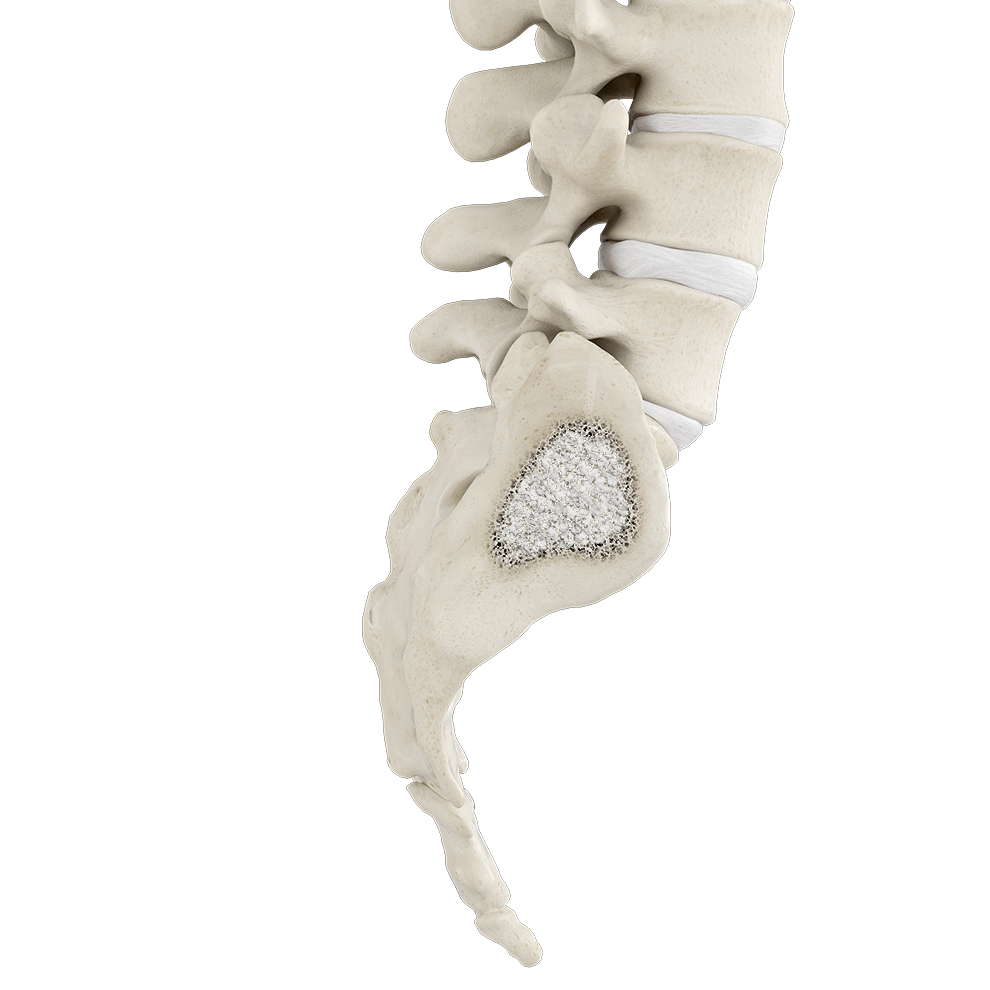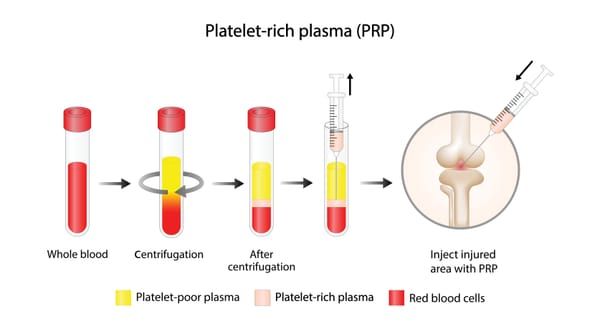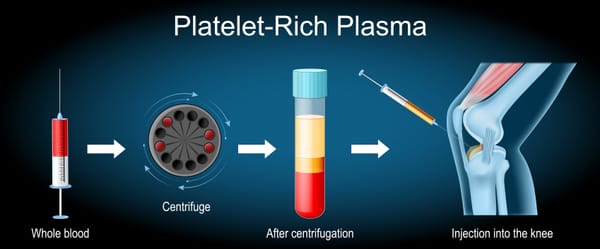Sacroplasty for Sacral Insufficiency Fractures: A Minimally Invasive Solution for Pain Relief

Sacral insufficiency fractures, often linked to osteoporosis, can cause severe pelvic or lower back pain, making simple activities like walking or sitting excruciating. These fractures occur when weakened bones in the sacrum crack under normal daily stresses, significantly impacting mobility and quality of life. For those who find limited relief from conservative treatments like rest or medications, sacroplasty offers a minimally invasive, effective option to stabilize the sacrum and alleviate pain. In this blog post, we’ll explore what sacral insufficiency fractures are, how sacroplasty works, and what patients can expect, all explained clearly for a general audience.
Understanding Sacral Insufficiency Fractures
The sacrum, a triangular bone at the base of the spine, connects the lumbar spine to the pelvis via the sacroiliac joints, supporting the body’s weight during movement. Sacral insufficiency fractures occur when osteoporotic or weakened bones in the sacrum crack under minimal stress, such as walking, standing, or sitting, without significant trauma. These fractures are closely tied to osteoporosis, a condition that reduces bone mineral density (BMD), making bones brittle and prone to breaking.
Sacral insufficiency fractures are common in older adults, particularly postmenopausal women, affecting 1-5% of osteoporosis patients, per a 2020 study in Osteoporosis International. They are often underdiagnosed due to their subtle presentation and similarity to other conditions like lower back or sacroiliac joint pain.
Causes of Sacral Insufficiency Fractures
Sacral insufficiency fractures result from weakened bones facing routine mechanical stress. Key causes include:
- Osteoporosis: The primary cause, where low BMD makes the sacrum fragile, especially in postmenopausal women due to estrogen decline.
- Osteopenia: Milder bone loss that can still predispose to fractures.
- Other Bone-Weakening Conditions:
- Long-term corticosteroid use (e.g., for arthritis or autoimmune diseases).
- Rheumatoid arthritis, hyperthyroidism, or malabsorption disorders (e.g., celiac disease).
- Pelvic radiation therapy, which weakens sacral bone.
- Mechanical Stress: Everyday activities like walking, climbing stairs, or sitting can trigger fractures in fragile bones.
Risk factors include age (over 65), female gender, low body weight, sedentary lifestyle, smoking, excessive alcohol use, prior fractures, or a family history of osteoporosis.
Symptoms of Sacral Insufficiency Fractures
Symptoms can be subtle and often mimic other conditions, delaying diagnosis. Common signs include:
- Pelvic or Lower Back Pain: Aching, sharp, or diffuse pain in the lower back, buttocks, or pelvis, worsened by weight-bearing activities like standing or walking.
- Groin or Hip Pain: Discomfort radiating to the groin or upper thighs, often mistaken for hip or sacroiliac joint issues.
- Reduced Mobility: Difficulty walking, climbing stairs, or transitioning from sitting to standing due to pain.
- Tenderness: Pain when pressing on the sacrum or pelvis.
- No Clear Trauma: Fractures occur without a significant fall or injury, distinguishing them from traumatic fractures.
A 2020 study in Skeletal Radiology noted that 50-70% of sacral insufficiency fractures are initially asymptomatic or misdiagnosed, highlighting the need for targeted evaluation.
What is Sacroplasty?
Sacroplasty is a minimally invasive procedure that stabilizes sacral insufficiency fractures by injecting bone cement (polymethylmethacrylate) into the fractured area to reinforce the bone and relieve pain. Similar to vertebroplasty or kyphoplasty for vertebral fractures, sacroplasty:
- Uses fluoroscopy or CT guidance to precisely place a needle into the sacrum.
- Injects cement to fill fracture lines, stabilizing the bone and reducing movement-related pain.
- Takes 30-60 minutes, typically performed outpatient under local anesthesia or mild sedation.
Sacroplasty is performed by interventional radiologists, pain specialists, or spine surgeons and is often considered when conservative treatments (e.g., rest, pain medications) fail to provide relief or when pain significantly limits function.
How Sacroplasty Treats Sacral Insufficiency Fractures
Sacroplasty addresses the pain and instability caused by sacral fractures by:
- Stabilizing the Bone: Cement fills and reinforces fracture lines, preventing painful movement in the sacrum.
- Relieving Pain: Stabilization reduces irritation of pain-sensitive nerves and surrounding tissues.
- Improving Mobility: Pain relief allows patients to resume walking or daily activities more comfortably.
- Preventing Further Damage: Cement strengthens the sacrum, reducing the risk of additional fractures.
Sacroplasty is ideal for patients with:
- MRI- or CT-confirmed sacral insufficiency fractures causing persistent pain.
- Pain unresponsive to 4-8 weeks of conservative treatments (e.g., rest, bracing, medications).
- Significant mobility limitations or quality-of-life impacts from fracture pain.
- Osteoporosis or osteopenia as the underlying cause.
What Does the Evidence Say?
Research supports sacroplasty as an effective treatment for sacral insufficiency fractures, particularly for pain relief and functional improvement. Key findings include:
- Pain Reduction: A 2020 study in Journal of NeuroInterventional Surgery found that 70-80% of patients reported at least 50% pain reduction within 1-2 weeks post-sacroplasty, with 65% maintaining relief at 6 months.
- Improved Function: A 2021 study in Pain Physician noted that 75% of patients had significant improvements in mobility and function (measured by the Oswestry Disability Index), enabling better daily activities.
- Safety Profile: A 2020 review in Skeletal Radiology reported a low complication rate (<3%), with minimal risks of cement leakage, infection, or nerve injury when performed with imaging guidance.
- Long-Term Benefits: A 2019 study in Journal of Pain Research found that 60-70% of patients maintained pain relief and functional gains at 1 year, particularly when combined with osteoporosis treatment.
- Patient Experiences: On platforms like Reddit, patients describe sacroplasty as “a lifesaver,” with many regaining the ability to walk or sit comfortably, though some note temporary soreness or the need for ongoing osteoporosis management.
Sacroplasty is not a cure for osteoporosis, and new fractures may occur if the underlying condition is untreated. It’s less effective for traumatic fractures or non-osteoporotic causes.
What to Expect from Sacroplasty
Here’s an overview of the sacroplasty process:
- Pre-Procedure: Your doctor will review your pain history, symptoms, and imaging (e.g., MRI or CT) to confirm a sacral insufficiency fracture. Blood tests (e.g., calcium, vitamin D) assess bone health, and a DEXA scan may confirm osteoporosis (T-score ≤ -2.5). You may need to stop blood thinners temporarily.
- Procedure: Under local anesthesia or mild sedation, a small needle is inserted into the sacrum using fluoroscopy or CT guidance. Bone cement is injected into the fracture site, hardening quickly to stabilize the bone. The procedure takes 30-60 minutes, usually outpatient.
- Recovery: Most patients go home the same day. Mild soreness or bruising at the injection site is common for 3-7 days. Light activity can resume within days, with strenuous activity avoided for 4-6 weeks. Pain relief often begins within 1-2 days but may take 1-2 weeks to peak.
- Follow-Up: Regular check-ups with X-rays or CT monitor fracture healing and cement stability. Osteoporosis treatment is critical to prevent new fractures.
- Side Effects: Common side effects include temporary soreness or discomfort. Rare risks (<3%) include cement leakage, infection, or nerve irritation, minimized by imaging guidance and experienced providers.
Benefits and Considerations
Benefits:
- Significant pain relief, often 50-80% reduction, within days to weeks.
- Improved mobility and function, enabling better daily activities.
- Minimally invasive with a small needle puncture, low complication rate, and quick recovery.
- Stabilizes the sacrum, reducing risk of further fracture progression.
- Outpatient procedure with minimal downtime compared to surgical fixation.
Considerations:
- Temporary side effects like soreness or bruising at the injection site.
- Rare risks include cement leakage, infection, or nerve injury (<3%).
- Costs range from $5,000-$15,000, with insurance coverage varying (often approved with confirmed fractures and failed conservative treatments).
- Not suitable for traumatic fractures or non-osteoporotic causes.
- Requires ongoing osteoporosis treatment to prevent new fractures.
Is Sacroplasty Right for You?
Sacroplasty is typically considered for patients with:
- MRI- or CT-confirmed sacral insufficiency fractures causing persistent pain.
- Pain unresponsive to 4-8 weeks of conservative treatments (e.g., rest, bracing, medications).
- Significant mobility limitations or quality-of-life impacts.
- Osteoporosis or osteopenia as the underlying cause, with no contraindications like active infections.
Your healthcare team, including an interventional radiologist, pain specialist, or spine surgeon, will assess:
- The source of your pain, using imaging and clinical exams.
- Your overall health, including bone health and fracture risk (e.g., via DEXA scan or FRAX tool).
- Your goals, such as pain relief, improved mobility, or avoiding open surgery.
Discuss the procedure’s risks, benefits, and expected outcomes with your provider. Choosing a center experienced in sacroplasty is crucial for safety and success.
Complementary Treatments
Sacroplasty is often part of a broader management plan, including:
- Osteoporosis Treatment:
- Medications: Bisphosphonates (e.g., alendronate), parathyroid analogues (e.g., teriparatide), or denosumab to improve BMD and prevent fractures.
- Lifestyle Changes: 1,000-1,200 mg calcium and 800-1,000 IU vitamin D daily, weight-bearing exercise, and smoking cessation.
- Physical Therapy: Gentle exercises to restore mobility and strength, focusing on balance to prevent falls.
- Pain Management: NSAIDs, acetaminophen, or nerve blocks for residual pain.
- Fall Prevention: Home safety modifications (e.g., grab bars) or assistive devices like walkers.
- Psychological Support: Counseling or mindfulness to address pain’s emotional toll.
A 2021 study in Osteoporosis International found that combining sacroplasty with osteoporosis treatment reduced subsequent fracture risk by 40-50%.
Living with Sacral Insufficiency Fractures
Sacral insufficiency fractures can be painful and limiting, affecting mobility and independence. Sacroplasty offers hope for relief, but addressing osteoporosis is key to long-term health. Keep a record of pain, mobility issues, or falls, and share details with your healthcare team. Support groups, through organizations like the National Osteoporosis Foundation (nof.org) or online platforms like Reddit, provide a space to connect with others and share coping strategies.
Emotional support is vital, as pain and fear of fractures can lead to anxiety or reduced activity. Lean on counselors, family, or friends for encouragement. Practical steps, like using a walker, installing grab bars, or practicing balance exercises, can reduce fracture risk and improve confidence.
Why Awareness Matters
Sacral insufficiency fractures are often misdiagnosed as lower back or sacroiliac pain, delaying treatment. Osteoporosis affects over 200 million people worldwide, and sacral fractures contribute significantly to disability in older adults, per a 2020 review in Osteoporosis International. Raising awareness about sacroplasty ensures patients access this effective treatment when conservative methods fail.
If you’re experiencing unexplained pelvic or lower back pain, especially with osteoporosis risk factors, consult an interventional radiologist, pain specialist, or orthopedist about sacroplasty. Resources like the National Osteoporosis Foundation (nof.org) or the International Osteoporosis Foundation (iofbonehealth.org) offer valuable information and support.
By spotlighting treatments like sacroplasty, we can bring hope and relief to those facing sacral insufficiency fractures. Let’s keep the conversation going—no one should endure this pain alone.
Disclaimer: This blog post is for informational purposes only and not a substitute for professional medical advice. Consult a healthcare provider for diagnosis and treatment of sacral insufficiency fractures or osteoporosis.



